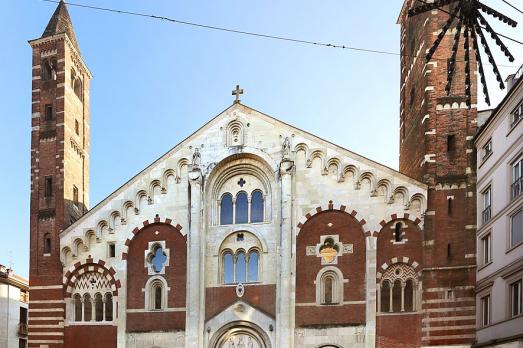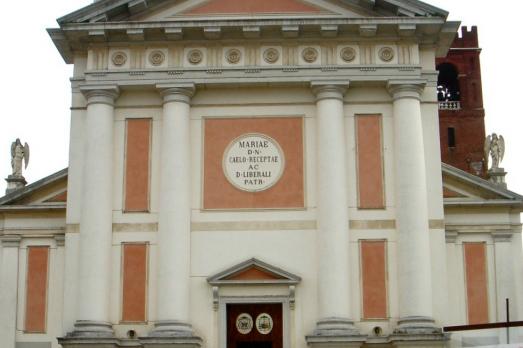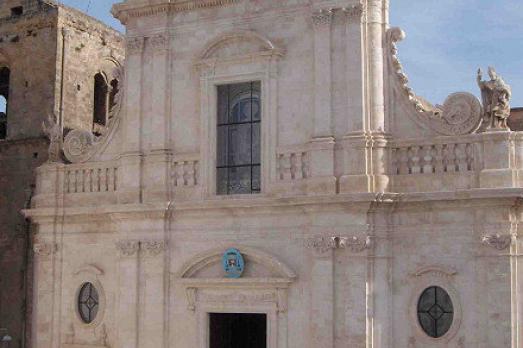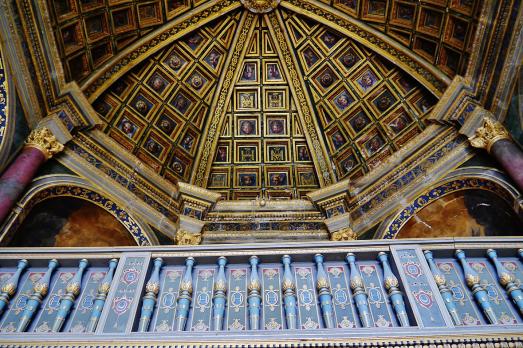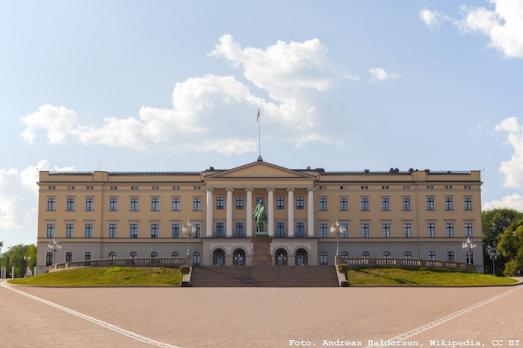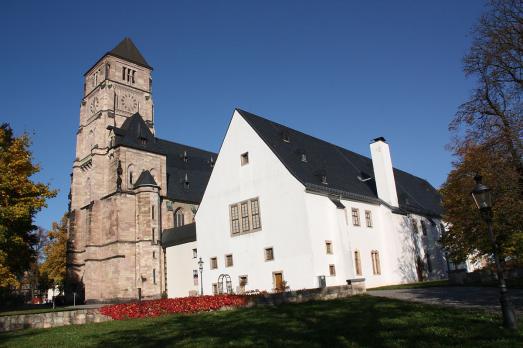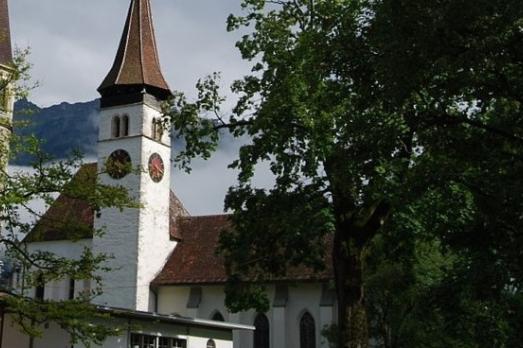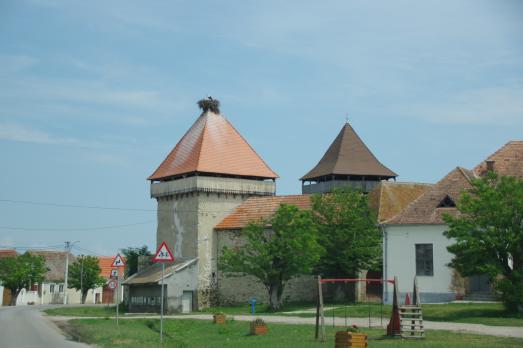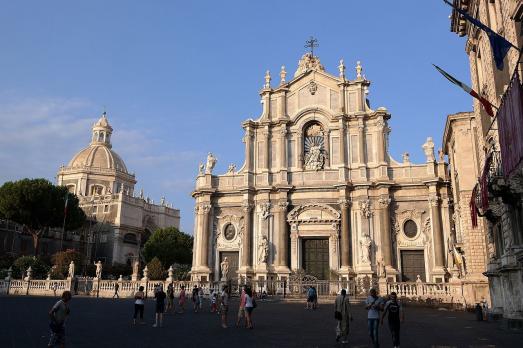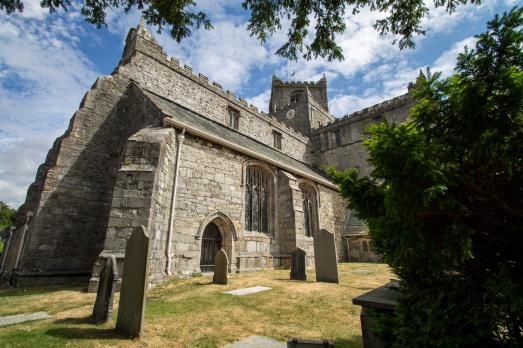
Cartmel Priory
Cartmel, GB
Cartmel has been described as 'the medieval jewel among Lancashire churches.' It makes a lasting impression on the visitor, overshadowing the village as it does and giving an idea of the way early priories must have dominated their surroundings. It was founded as a priory for Augustinian canons in around 1189 and also served as a parish church, which saved it from outright destruction during the Dissolution of the Monasteries in the 1530s.
